Like many businesses out there, we deal with cash. 99% of that is stored in a money-grubbing, cold-hearted, tricksy financial institution. However a small amount of it remains; diffused within the business as floats and change. Some street fooders condense this cash into a box which then sits on their stall, while we favour the money belt.
The downside of wearing your cash on you is that you can’t lock it and it doesn’t feel secure, so for a while now we have been vaguely debating the idea of investing in a safe. We had been looking at a few sizes and types without much enthusiasm, because preventative measures are like that, when we were contacted by Tesco compare van insurance.
They wanted us to review, as it happens, a safe, to see whether it would be suitable for use in our street food van. I was pleasantly surprised at how neatly timed this was, and after a brief debate about whether it’s OK to accept items for reviews, we gratefully accepted the item.
To fully test the safe we decided to take it out on a few of our normal trading days, to see if it was worth using and whether we would actually recommend that others invest. Last Friday we were out at two different Leamington events, and then over the weekend we were toasting at a survival running event, one of those muddy assault course runs.
First some basics about the safe. This is the Sealey SECS01DS Electronic Combination Safe with Deposit Slot. It’s 9kgs, which is reassuringly heavy, but has a slightly flimsy-looking plastic keypad façade over the steel body of the safe. It also has manual override keys, which will probably come in handy.
We took it with us to Leamington, stowed on one of our shelves, and it was aesthetically quite pleasing, but did take up room. Space inside the van is very limited, and having a safe over half a shelf wasn’t terribly useful. However I persevered and reverently placed the takings from that morning in the safe as we set off down to our second trading spot of the day. A drizzly Friday in Leamington is never going to be a massive earner, and the cash looked fetchingly pathetic in the bottom of the safe.
The rest of the weekend was much the same; wet, cold and not especially bountiful. As we didn’t end up with enough money to really need to move it to a secure location the safe felt like overkill, although technically it worked beautifully, because nothing got stolen.
There are events where holding cash does become an issue. We traded at a tiny local festival over the summer and half the campers had phones and wallets stolen from their tents on the first night. We had gone home, taking the cash with us, but it’s a reminder that these things can happen.
In the house, however, I think that will prove much more useful. We have to keep floats and the days’ takings somewhere once they are home before we go to the bank, and installing the safe properly seems like a better plan than a cash box. The box itself is solid, although I’d rather the panel were less flimsy, but I’d be hopeful that it would offer more protection than a cash box. My advice would be that if the opportunity presents itself, a safe is probably a good idea, but I’m not going to run out and buy one, because due to the magic of blogging I’ve already got one.

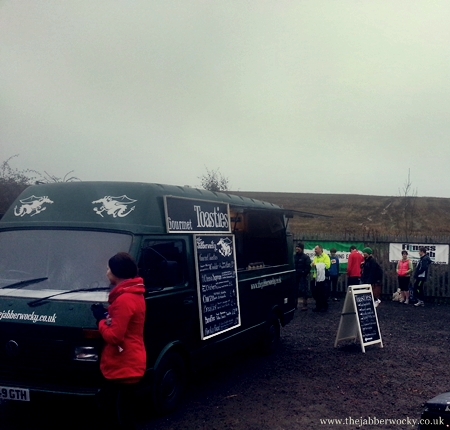
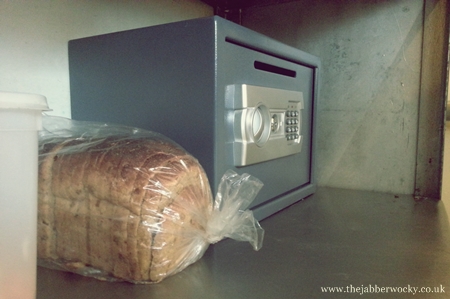
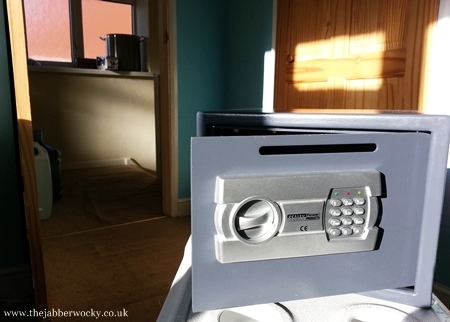
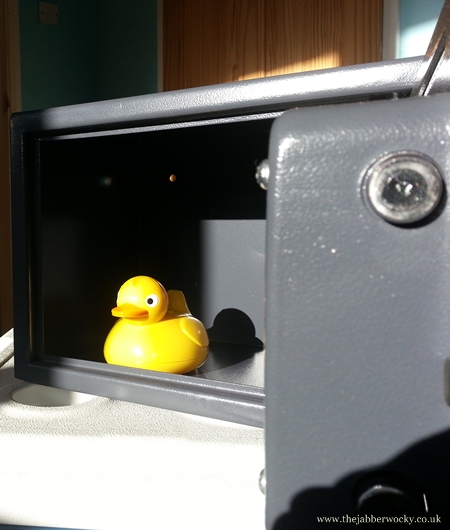
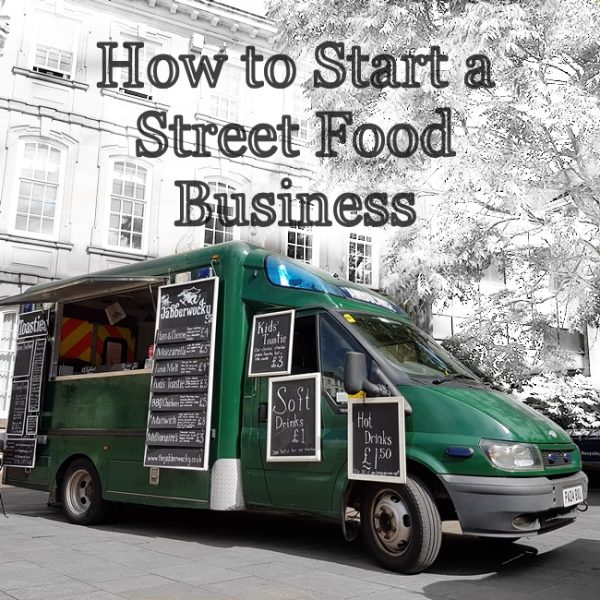

what a great idea ill be looking into it thanks